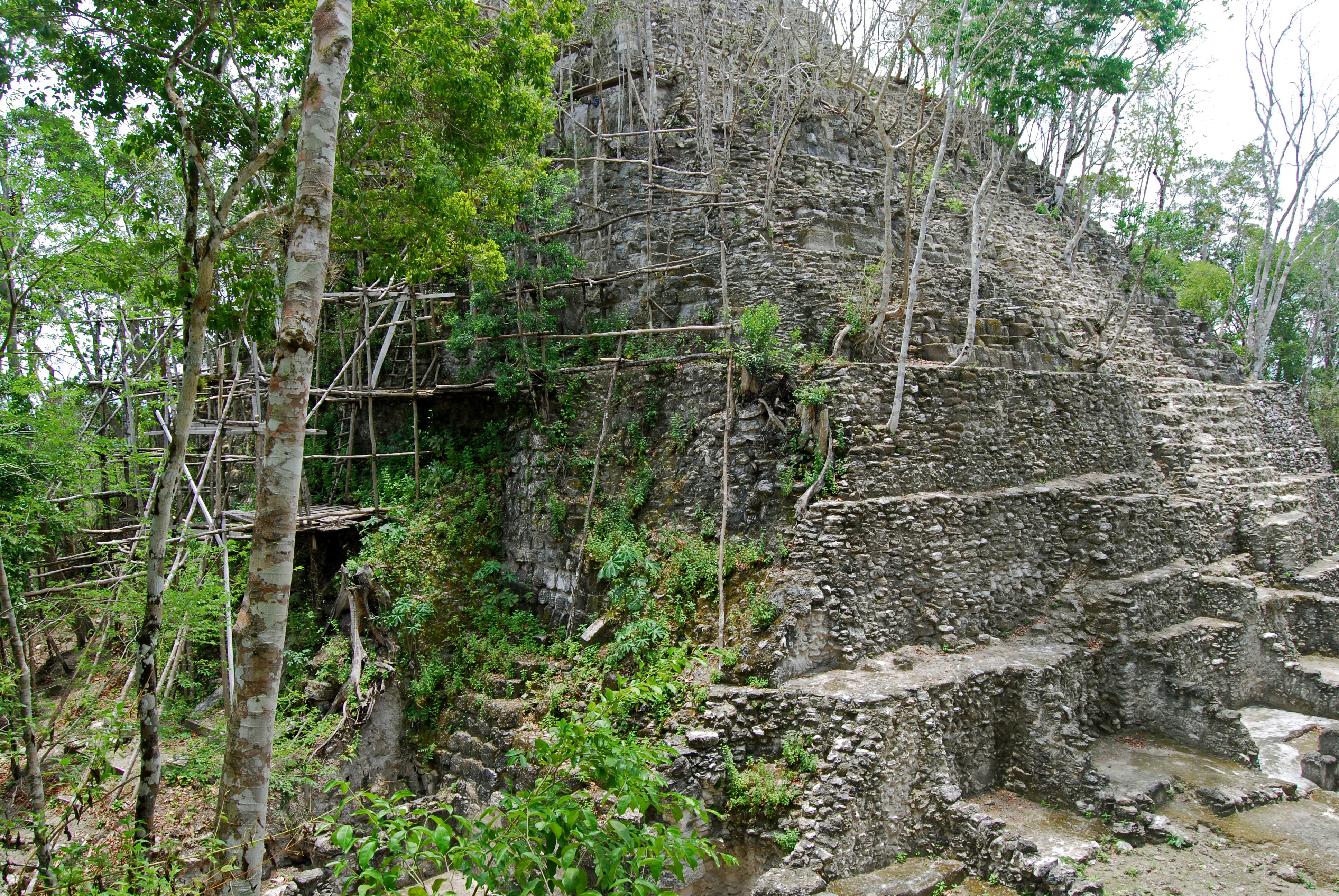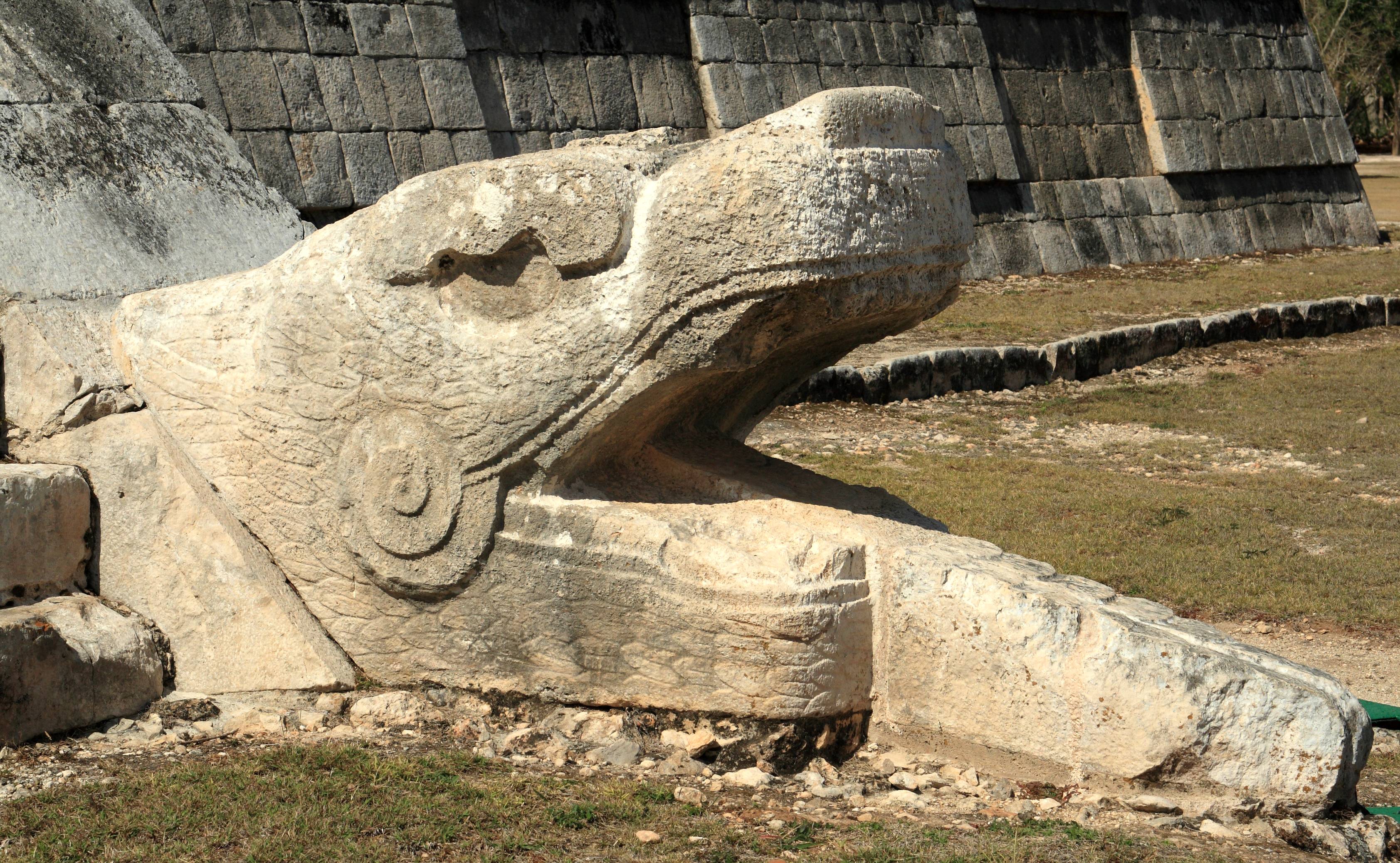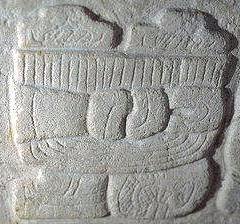|
Jungle Tourism
Jungle tourism is a subcategory of adventure travel defined by active multifaceted physical means of travel in the jungle regions of the earth. Although similar in many respects to adventure travel, jungle tourism pertains specifically to the context of region, culture and activity. According to the ''Glossary of Tourism Terms'', jungle tours have become a major component of green tourism in tropical destinations and are a relatively recent phenomenon of Western international tourism. Of the regions that take part in tourism-driven sustainable development practices and eco tourism, Mexican, Central and South American practices are the most pervasive in the industry; notably Mayan jungle excursions. Other regions include jungle territories in Africa, Australia, and the South Pacific. Central and South America The majority of jungle tour operators are concentrated in what is known as the Mayan World or "Ruta Maya". The Mayan World encompasses five countries that hosted the ... [...More Info...] [...Related Items...] OR: [Wikipedia] [Google] [Baidu] |
Adventure Travel
Adventure travel is a type of niche tourism, involving exploration or travel with a certain degree of risk (real or perceived), and which may require special skills and physical exertion. In the United States, adventure tourism has grown in recent decades as tourists seek out-of-the-ordinary or "roads less traveled" vacations, but lack of a clear operational definition has hampered measurement of market size and growth. According to the U.S.-based Adventure Travel Trade Association, adventure travel may be any tourist activity that includes physical activity, a cultural exchange, and connection with nature. Adventure tourists may have the motivation to achieve mental states characterized as rush or flow, resulting from stepping outside their comfort zone. This may be from experiencing culture shock or by performing acts requiring significant effort and involve some degree of risk, real or perceived, or physical danger. This may include activities such as mountaineering ... [...More Info...] [...Related Items...] OR: [Wikipedia] [Google] [Baidu] |
Honduras
Honduras, officially the Republic of Honduras, is a country in Central America. The republic of Honduras is bordered to the west by Guatemala, to the southwest by El Salvador, to the southeast by Nicaragua, to the south by the Pacific Ocean at the Gulf of Fonseca, and to the north by the Gulf of Honduras, a large inlet of the Caribbean Sea. Its capital and largest city is Tegucigalpa. Honduras was home to several important Mesoamerican cultures, most notably the Maya, before the Spanish Colonization in the sixteenth century. The Spanish introduced Catholicism and the now predominant Spanish language, along with numerous customs that have blended with the indigenous culture. Honduras became independent in 1821 and has since been a republic, although it has consistently endured much social strife and political instability, and remains one of the poorest countries in the Western Hemisphere. In 1960, the northern part of what was the Mosquito Coast was transferred from ... [...More Info...] [...Related Items...] OR: [Wikipedia] [Google] [Baidu] |
Ecotourism
Ecotourism is a form of tourism involving responsible travel (using sustainable transport) to natural areas, conserving the environment, and improving the well-being of the local people. Its purpose may be to educate the traveler, to provide funds for ecological conservation, to directly benefit the economic development and political empowerment of local communities, or to foster respect for different cultures and for human rights. Since the 1980s, ecotourism has been considered a critical endeavor by environmentalists, so that future generations may experience destinations relatively untouched by human intervention. Ecotourism may focus on educating travelers on local environments and natural surroundings with an eye to ecological conservation. Some include in the definition of ecotourism the effort to produce economic opportunities that make conservation of natural resources financially possible. Generally, ecotourism deals with interaction with biotic components of the natur ... [...More Info...] [...Related Items...] OR: [Wikipedia] [Google] [Baidu] |
Tour Operator
A tour operator is a business that typically combines and organizes accommodations, meals, sightseeing and transportation components, in order to create a package tour. They advertise and produce brochures to promote their products, holidays and itineraries. Tour operators can sell directly to the public or sell through travel agents or a combination of both. The most common example of a tour operator's product would be a flight on a charter airline, plus a transfer from the airport to a hotel and the services of a local representative, all for one price. Each tour operator may specialise in certain destinations, e.g. Italy, activities and experiences, e.g. skiing, or a combination thereof. Operations The original ''raison d'être'' of tour operating was the difficulty for ordinary folk of making arrangements in far-flung places, with problems of language, currency and communication. The advent of the Internet has led to a rapid increase in self-packaging of holidays. Howev ... [...More Info...] [...Related Items...] OR: [Wikipedia] [Google] [Baidu] |
El Mirador
El Mirador (which translates as "the lookout", "the viewpoint", or "the belvedere") is a large pre-Columbian Middle and Late Preclassic (1000 BC - 250 AD) Mayan settlement, located in the north of the modern department of El Petén, Guatemala. It is part of the Mirador- Calakmul Karst Basin of northern Guatemala. ansen, R., Morales-Aguilar, C., Thompson, J., Ensley, R., Hernández, E., Schreiner, T., . . . Martínez, G. (2022). LiDAR analyses in the contiguous Mirador-Calakmul Karst Basin, Guatemala: An introduction to new perspectives on regional early Maya socioeconomic and political organization. Ancient Mesoamerica, ... [...More Info...] [...Related Items...] OR: [Wikipedia] [Google] [Baidu] |
Yaxha
Yaxha (or Yaxhá in Spanish orthography) is a Mesoamerican archaeological site in the northeast of the Petén Basin region, and a former ceremonial centre and city of the pre-Columbian Maya civilization. Yaxha was the third largest city in the region and experienced its maximum power during the Early Classic period (c. AD 250–600). The city was located on a ridge overlooking Lake Yaxha. The name of the city derives from the Mayan for "blue-green water"; it is a notable survival of a Classic period place-name into the modern day. The Yaxha kingdom is estimated to have covered an area of and to have had a peak population of 42,000 in the Late Classic period of Mesoamerican chronology. Yaxha had a long history of occupation with the first settlement being founded sometime in the Middle Preclassic period (c. 1000–350 BC). It developed into the largest city in the eastern Petén lakes region during the Late Preclassic (c. 350 BC – AD 250) and expanded into an enormous city d ... [...More Info...] [...Related Items...] OR: [Wikipedia] [Google] [Baidu] |
Costa Rica
Costa Rica (, ; ; literally "Rich Coast"), officially the Republic of Costa Rica ( es, República de Costa Rica), is a country in the Central American region of North America, bordered by Nicaragua to the north, the Caribbean Sea to the northeast, Panama to the southeast, the Pacific Ocean to the southwest, and maritime border with Ecuador to the south of Cocos Island. It has a population of around five million in a land area of . An estimated 333,980 people live in the capital and largest city, San José, Costa Rica, San José, with around two million people in the surrounding metropolitan area. The sovereign state is a Unitary state, unitary Presidential system, presidential Constitution of Costa Rica, constitutional republic. It has a long-standing and stable democracy and a highly educated workforce. The country spends roughly 6.9% of its budget (2016) on education, compared to a global average of 4.4%. Its economy, once heavily dependent on agriculture, has diversif ... [...More Info...] [...Related Items...] OR: [Wikipedia] [Google] [Baidu] |
Nicaragua
Nicaragua (; ), officially the Republic of Nicaragua (), is the largest Sovereign state, country in Central America, bordered by Honduras to the north, the Caribbean Sea, Caribbean to the east, Costa Rica to the south, and the Pacific Ocean to the west. Managua is the country's capital and largest city. , it was estimated to be the List of largest cities in Central America#Largest cities proper, second largest city in Central America. Nicaragua's multiethnic population of six million includes people of mestizo, indigenous, European and African heritage. The main language is Spanish. Indigenous tribes on the Mosquito Coast speak their own languages and English. Originally inhabited by various indigenous cultures since ancient times, the region was conquered by the Spanish Empire in the 16th century. Nicaragua gained independence from Spain in 1821. The Mosquito Coast followed a different historical path, being colonized by the English in the 17th century and later coming under B ... [...More Info...] [...Related Items...] OR: [Wikipedia] [Google] [Baidu] |
Chichen Itza
Chichen Itza , es, Chichén Itzá , often with the emphasis reversed in English to ; from yua, Chiʼchʼèen Ìitshaʼ () "at the mouth of the well of the Itza people" was a large pre-Columbian city built by the Maya people of the Terminal Classic period. The archeological site is located in Tinúm Municipality, Yucatán State, Mexico. Chichen Itza was a major focal point in the Northern Maya Lowlands from the Late Classic (c. AD 600–900) through the Terminal Classic (c. AD 800–900) and into the early portion of the Postclassic period (c. AD 900–1200). The site exhibits a multitude of architectural styles, reminiscent of styles seen in central Mexico and of the Puuc and Chenes styles of the Northern Maya lowlands. The presence of central Mexican styles was once thought to have been representative of direct migration or even conquest from central Mexico, but most contemporary interpretations view the presence of these non-Maya styles more as the result of cul ... [...More Info...] [...Related Items...] OR: [Wikipedia] [Google] [Baidu] |
Tikal
Tikal () (''Tik’al'' in modern Mayan orthography) is the ruin of an ancient city, which was likely to have been called Yax Mutal, found in a rainforest in Guatemala. It is one of the largest archeological sites and urban centers of the pre-Columbian Maya civilization. It is located in the archeological region of the Petén Basin in what is now northern Guatemala. Situated in the Departments of Guatemala, department of El Petén, the site is part of Guatemala's Tikal National Park and in 1979 it was declared a UNESCO World Heritage Site. Tikal was the capital of a conquest state that became one of the most powerful kingdoms of the ancient Maya. Though monumental architecture at the site dates back as far as the 4th century BC, Tikal reached its apogee during the Mesoamerican chronology, Classic Period, c. 200 to 900. During this time, the Maya city, city dominated much of the Maya region politically, economically, and militarily, while interacting with areas throughout Mesoamer ... [...More Info...] [...Related Items...] OR: [Wikipedia] [Google] [Baidu] |
El Salvador
El Salvador (; , meaning " The Saviour"), officially the Republic of El Salvador ( es, República de El Salvador), is a country in Central America. It is bordered on the northeast by Honduras, on the northwest by Guatemala, and on the south by the Pacific Ocean. El Salvador's capital and largest city is San Salvador. The country's population in 2022 is estimated to be 6.5 million. Among the Mesoamerican nations that historically controlled the region are the Lenca (after 600 AD), the Mayans, and then the Cuzcatlecs. Archaeological monuments also suggest an early Olmec presence around the first millennium BC. In the beginning of the 16th century, the Spanish Empire conquered the Central American territory, incorporating it into the Viceroyalty of New Spain ruled from Mexico City. However the Viceroyalty of Mexico had little to no influence in the daily affairs of the isthmus, which was colonized in 1524. In 1609, the area was declared the Captaincy General of Guatemala ... [...More Info...] [...Related Items...] OR: [Wikipedia] [Google] [Baidu] |




